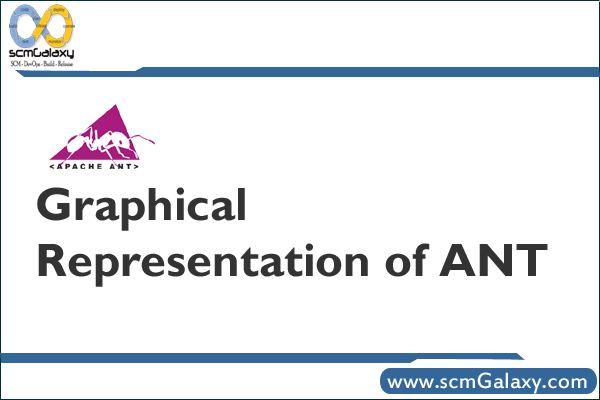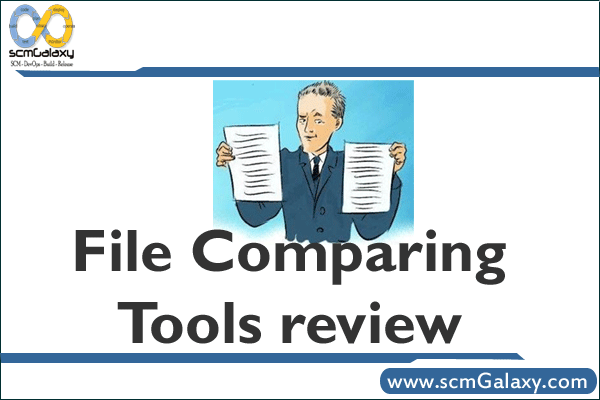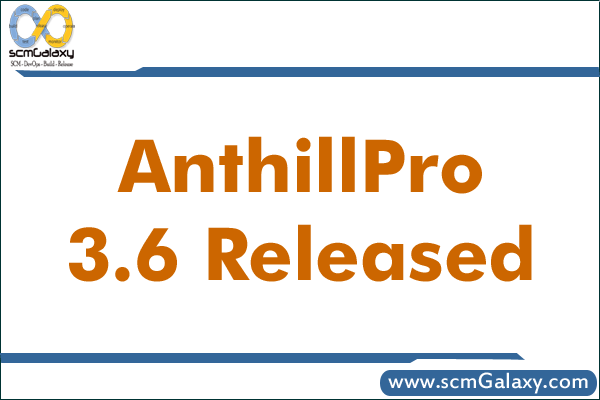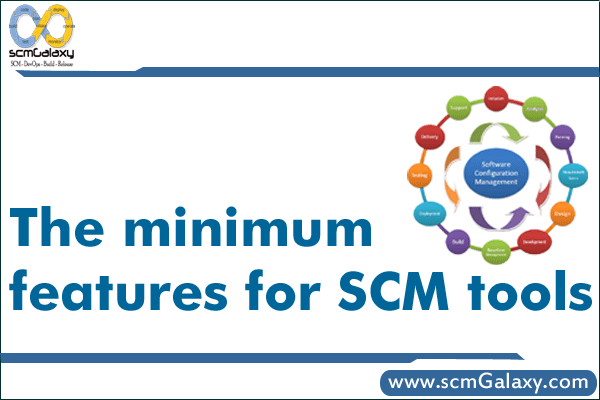1.

Grand: Graphical Representation of ANT Dependencies:
Grand is a tool to create visual representation of ant target dependencies. It differs from tools like Vizant or AntGraph by a totally different approach, relying on the Ant API rather than parsing directly the XML files. This enables Grand to provide some nifty features such as the support of the ant 1.6.x tasks like import or subant.
From a user point of view, Grand can be used either as a standalone application with a nice GUI or as an Ant task generated a dot” file. In this latter case a post processing using Graphviz is required to get the actual graph.
Features
finds both static (using the depends attribute) and dynamic (created by tasks like ant or antcall) dependencies,
supports ant 1.6 import statement,
supports most dependencies generating tasks: ant, antcall, subant and foreach, runtarget from antcontrib,
available as both as an easy to install (one single jar, no extra dependency) ant task or a stand alone application with a nice SWT GUI,
the GUI can open several files simultaneously and includes some inter files navigation features.
Link: http://www.ggtools.net/grand/
2. Vizant – Ant task to visualize buildfile
Vizant is an Apache Ant task to create Graphviz DOT source code from an Ant buildfile. The image created from the DOT source code shows the targets dependency.
Link: http://vizant.sourceforge.net/
3. giant
giANT allows existing ant build scripts to be read and displayed as a connected graph of target nodes connected by dependency nodes.
Currently giANT can only read and display ANT scripts. The next stage of development will be to allow creation and deletion of targets through interaction with the diagram and editing of the selected target.
Main development tasks are –
· Improve initial layout algorithm
· Embed a simple syntax highlighter for editing target text
· Allow amendment of target name via diagram.
· Allow save of modified ant file
· giANT makes use of the GEF project for rendering diagrams
Link: http://giant.tigris.org/
More can be found in http://ant.apache.org/external.html


